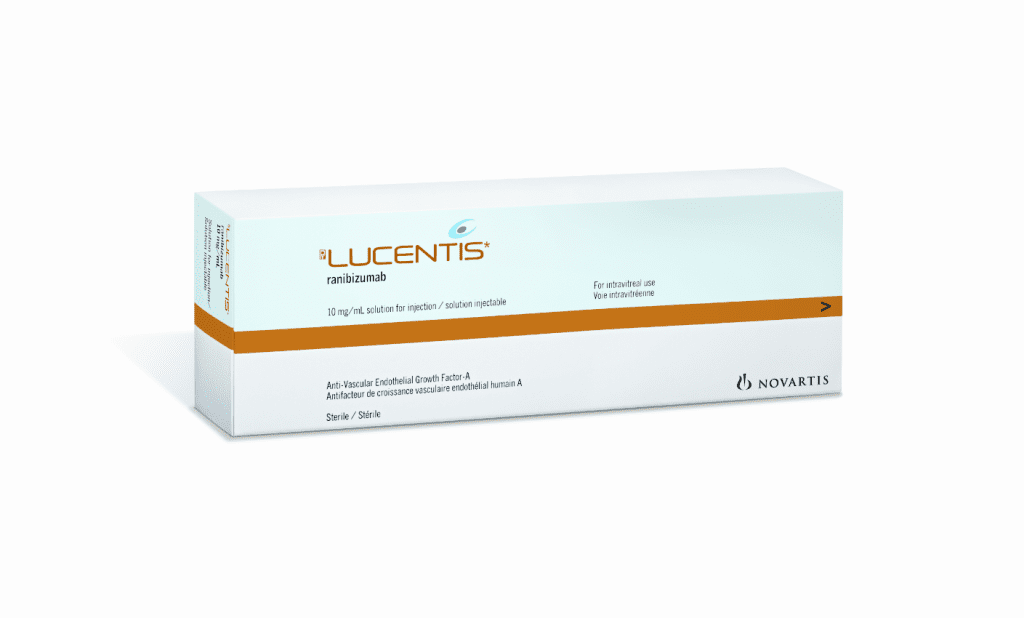
Lucentis gains new licence in the US
pharmafile | August 13, 2012 | News story | Sales and Marketing | Eylea, FDA, Lucentis, approval, avastin, wet AMD
Roche’s eye drug Lucentis has gained a new licence in the US to treat diabetic macular oedema.
The FDA has approved Lucentis (ranibizumab injection) for the treatment of diabetic macular oedema (DMO), a sight-threatening eye disease that occurs in people with type I and type II diabetes.
But the approval is only for the lower 0.3mg dose of the drug, with the US regulator saying the higher 0.5mg was not efficacious.
This new US licence adds to its more lucrative licence in wet age-related macular oedema, the leading cause of blindness in the West for over 55s, as well as its indication in patients with central retinal vein occlusion (CRVO).
These licences help the drug make Roche CHF 1.5 billion ($1.53 billion) in US sales last year – but it will start to come under pressure from Bayer and Regeneron’s drug Eylea.
This treatment, also a VEGF eye trap, gained a US licence for wet AMD last year, and is undergoing Phase III trials for DMO – forecasts see this drug making around $2 billion in peak annual sales, taking a significant share of the market away from Roche’s Lucentis.
DMO is a common complication of diabetic retinopathy and involves fluid collection in the macula.
It is the most prevalent cause of moderate vision loss in patients with diabetes and the number of patients are growing as diabetes becomes more prevalent.
In an unusual situation, Lucentis was approved for DMO in Europe 18 months before its US approval – Novartis hold the rights to Lucentis outside of the US.
Avastin threat?
Lucentis has also been coming under pressure from off-label use of Avastin, Roche’s own anti-cancer medicine, which is chemically similar to Lucentis.
Estimates say that Avastin is being used by around 50% of all ophthalmologists ahead of Lucentis in the US – even though it is not licensed for this condition – because it is around 10 times cheaper.
The UK and US governments have been funding studies to show its efficacy in treating wet AMD, but both Roche and Novartis have said they have no plans to seek a licence for Avastin to treat the condition.
But so great is the pressure from the off-label use of Avastin, Novartis has already reduced the price of Lucentis in the UK and Switzerland, two key European markets.
According to Dr David Brown, a lead investigator for the Lucentis DMO trial, ophthalmologists may not use Avastin for patients with diabetes.
“The sense in the retina community, for whatever reason, is that Avastin doesn’t seem to work as well as Lucentis in DMO,” Dr Brown told Reuters.
This should be taken with a pinch of salt, however, as Dr Brown has a financial connection to Roche as its lead investigator.
Given the large savings that can be made by using Avastin off-label, and the experience they have gained in its use for wet AMD, many ophthalmologists may in fact decide to use Avastin ahead of Lucentis for DMO.
Ben Adams
Related Content

Roche’s Alecensa approved by FDA as lung cancer treatment
Roche has announced that the US Food and Drug Administration (FDA) has approved Alecensa (alectinib) …

GSK’s meningococcal vaccine candidate accepted for FDA review
GSK has announced that the US Food and Drug Administration (FDA) has accepted for review …

FDA grants ODD to Candel Therapeutics’ pancreatic cancer treatment
Candel Therapeutics has announced that the US Food and Drug Administration (FDA) has granted Orphan …







